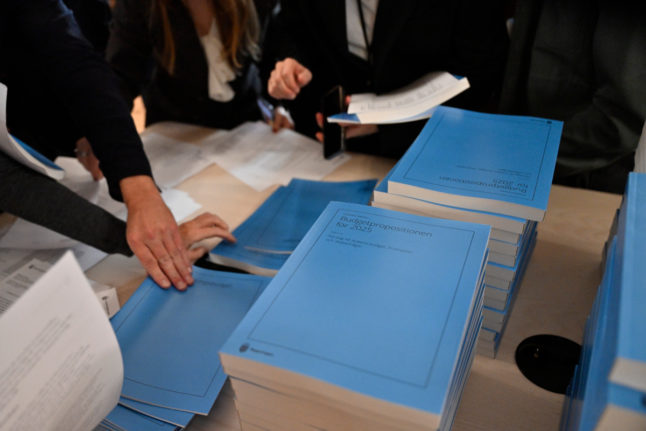In an article published in Dagens Nyheter, the four party leaders announced that they would be travelling to Varberg on October 20th for a two-day conference to hammer out a joint platform ahead of the 2010 election.
“When we met in Högfors – at Maud Olofsson’s home – in 2004, there were two years remaining before the next general election. We are now at the same stage in relation to the 2010 election,” wrote Liberal Party leader Jan Björklund, Göran Hägglund of the Christian Democrats, Centre Party chair Maud Olofsson and prime minister and leader of the Moderate Party, Fredrik Reinfeldt.
At Varberg, they plan to further develop cooperation on the election manifesto in a bid to win the continued endorsement of Sweden’s voters in 2010.



 Please whitelist us to continue reading.
Please whitelist us to continue reading.